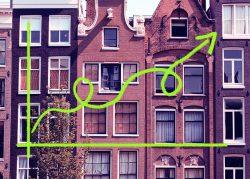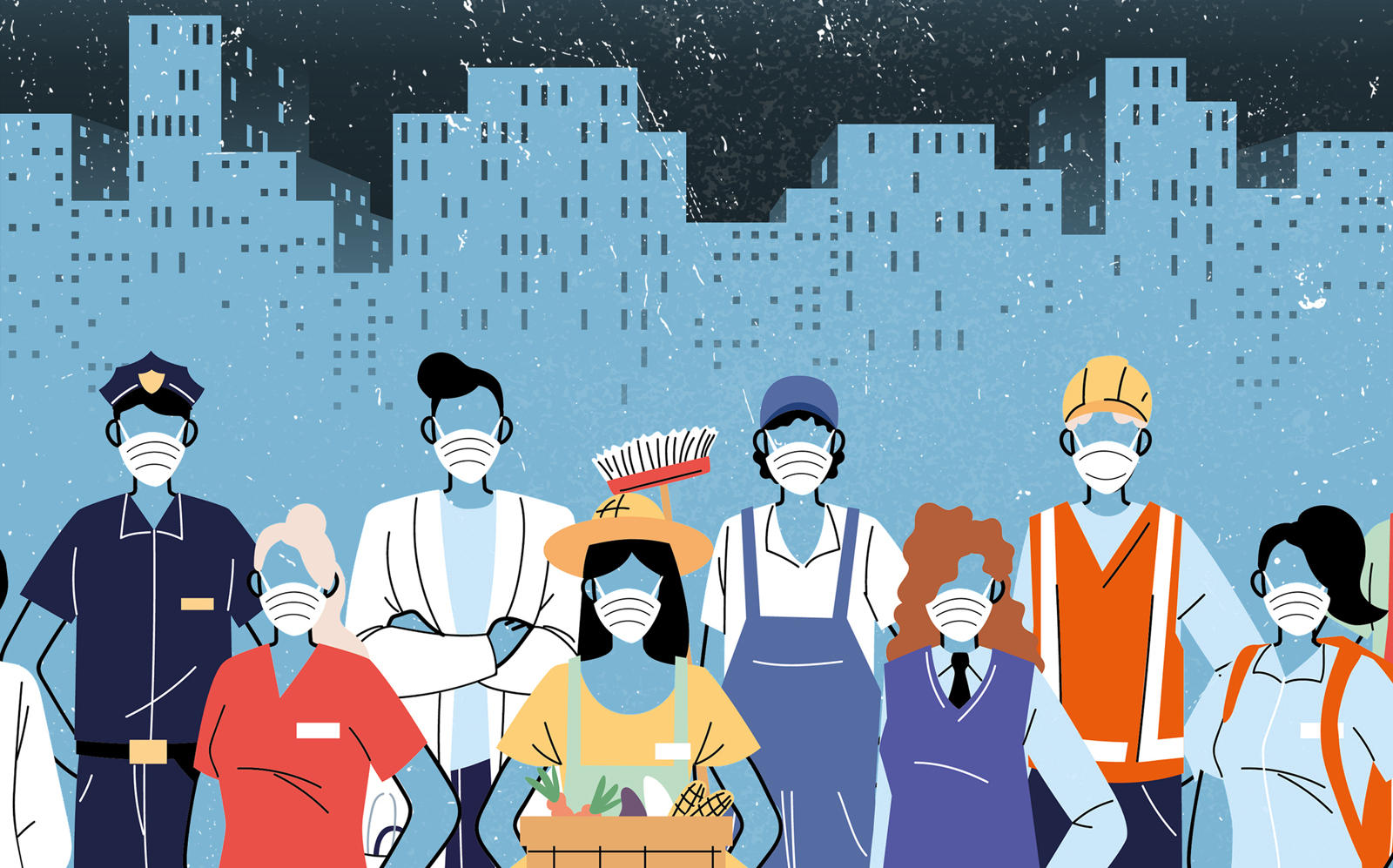 2021 poised to be good year for townhouse sales
2021 poised to be good year for townhouse sales
Trending
Affordable, market-rate apartments surge 40%, but remain rare
Rents remain out of reach for essential workers who can’t find stabilized units

Rents have fallen across the city, but most market-rate apartments are still out of reach for essential workers.
From mid-March to the end of 2020, only 11,690 units citywide were affordable to essential workers — 40 percent more than during the same period the year prior, but still a pittance, according to a StreetEasy study reported by the New York Times.
The apartments represented just 4 percent of the city’s market-rate rental inventory.
“It sounds like a really compelling stat,” StreetEasy economist Nancy Wu told the Times of the 40 percent increase. “But at the end of the day, about 96 percent of apartments on StreetEasy are still unaffordable to them.”
Read more
 2021 poised to be good year for townhouse sales
2021 poised to be good year for townhouse sales
 Manhattan’s luxury market sees best week since 2016
Manhattan’s luxury market sees best week since 2016
 Manhattan and Brooklyn renters sign leases in record numbers
Manhattan and Brooklyn renters sign leases in record numbers
Essential workers, who range from grocery store clerks to teachers, make an average of about $56,000 a year. An affordable rent is defined as no more than 30 percent of gross income, or approximately $1,400 a month for those workers.
Of course, about half of the city’s rental units are rent-stabilized, which economists say distorts the city’s rental market and makes market-rate housing more expensive. Turnover and vacancy rates for the city’s 900,000-plus rent-regulated units tend to be very low, and evidence suggests those rates haven’t increased as much during the pandemic as they have for market-rate units.
In January, the median monthly asking rent in Manhattan was $2,750, a 15.5 percent drop from a year earlier and the largest year-over-year decline since 2010. Brooklyn and Queens median rents each had record decreases as well, falling by 8.6 percent to $2,395 and $2,000, respectively.
[NYT] — Sasha Jones




